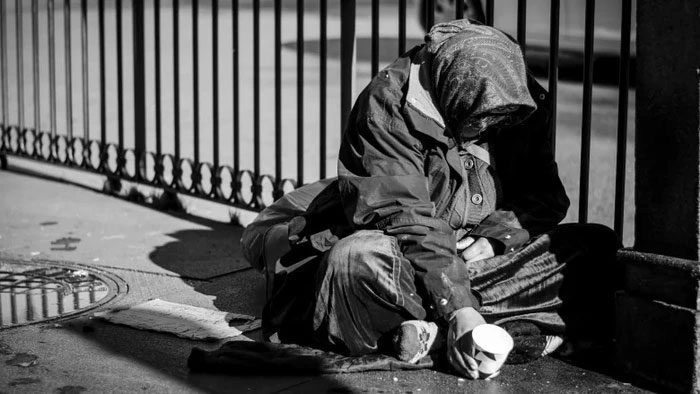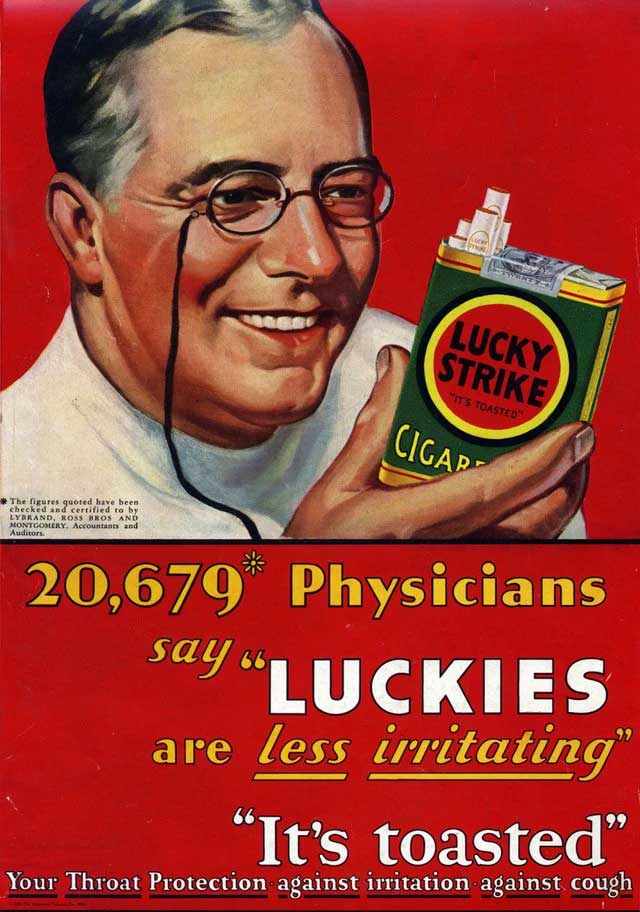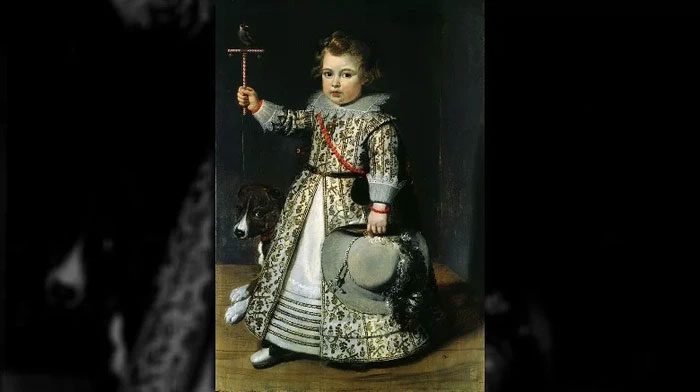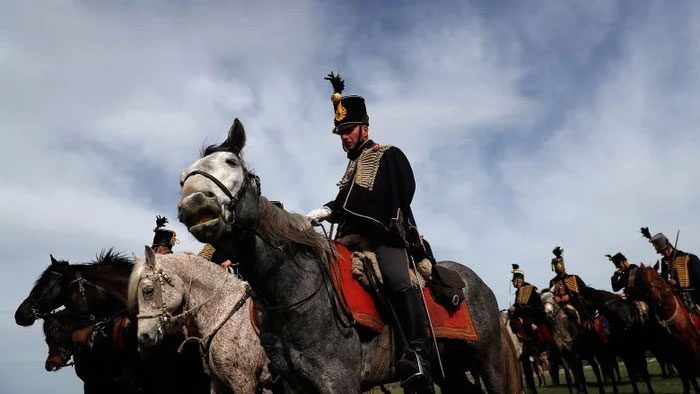Since the Industrial Revolution, everything has changed at such a rapid pace that sometimes we forget how strange the world used to be.
Today, many things that were common in the past seem odd or even bizarre.
Being Ugly Was Illegal
This sounds like the plot of a dystopian novel, but sadly, it was once true. A century ago, in many major cities across the United States, being ugly was illegal.
Take Chicago, for example. According to the Chicago Tribune, in 1881, Chicago enacted an ordinance banning individuals who were “sick, injured, ugly, or deformed in any way” from appearing on the streets. If you were deemed too ugly to be seen in public, you could face a fine ranging from $1 to $50 (approximately $16 to $800 today) or be sent to a poorhouse, akin to a mental institution for the impoverished.

A century ago, in many major cities across the United States, being ugly was illegal.
According to researcher Susan Schweik, San Francisco was the first city in the U.S. to pass the “Ugly Law.” Many other major cities subsequently enacted their versions of the law with similar wording, including Chicago, Illinois (in 1881); Denver, Colorado and Lincoln, Nebraska (1889); Columbus, Ohio (1894); Portland, Oregon (1881); and New Orleans, Louisiana (1883).
After World War I, when veterans returned home with missing limbs and other disfiguring battle scars, public attitudes toward disabilities began to change. However, laws banning the ugly continued to exist in the books, and enforcement persisted until the 1950s.
Additionally, San Francisco once issued an ordinance banning “people who are sick, crippled, deformed, or so misshapen as to cause alarm” from being in public. Offenders could face a maximum fine of $25 (about $400 today) or up to 25 days in jail but could be sent to a poorhouse if deemed appropriate.
Cigarettes Were Claimed to Relieve Asthma
100 years ago, cigarettes often appeared in advertisements claiming that products like tobacco could “temporarily relieve acute asthma.”
Cigarettes became a popular consumer product by the late 19th century. At that time, advertisements proclaimed: “Asthma, bronchitis, summer fever, colds, shortness of breath… The joy of tobacco is your remedy!”
The Marshall brand advertised that their cigarettes were a miracle cure for all throat ailments, colds, fevers, asthma, and even bad breath!
In reality, studies conducted by tobacco industry laboratories in the early 1950s confirmed the cancer-causing harm of tobacco.
However, these findings were publicly denied, and the tobacco industry continued to thrive in its deceit. One example is the case of Swedish researcher Ragnar Rylander, who worked at the University of Geneva while being funded by Philip Morris. He was later convicted of scientific fraud in studies on passive smoking, with the truth only coming to light in 2001.

The tobacco industry used doctors as a front to promote their products.
The tobacco industry aggressively promoted the benefits of smoking, quoting doctors and medical experts. Even more sadly, such tobacco advertisements continued to exist well into the 1960s.
Dresses for Everyone
In contemporary society, it seems strange to dress boys in dresses; however, in the past, prior to the 20th century, children’s clothing was mostly gender-neutral. It was common for boys (under 8 years old) to wear dresses, and it could even be fashionable.
Children’s fashion is believed to have begun forming in the 17th and 18th centuries when youths and European men started wearing a type of clothing called breeches, which were wide-legged trousers worn while riding horses.
According to The Vintage News, at that time, no one thought this was strange. It served a practical purpose – when children learned to use the potty, wearing a dress made this easier. Furthermore, back then, the fastenings on trousers and long pants for men were very complicated, making it quite challenging to dress a child. Thus, dressing children in dresses was a very convenient option.

Boys also wore petticoats until they were 7 or 8 years old.
In the early 18th century, infants were typically dressed in garments called “slips”, made from linen or cotton that covered their entire body, extending down to their toes. As children began to crawl and walk, their dresses were shortened and called petticoats, with gathers sewn from the waist or under the chest down. Boys also wore petticoats until they were 7 or 8 years old.
Cavalry Was Very Popular
The idea of soldiers charging directly into battle may seem foreign in our modern world of tanks and Humvees, but 100 years ago, cavalry was still very common.

During World War I, cavalry was still used for reconnaissance and protection.
In fact, during World War I, cavalry was still employed by the British, French, and Germans for reconnaissance and protection. In the East, it was even more widely used – Russia alone had at least 400 cavalry attacks on the Eastern Front. However, as tank production technology became more reliable and other mechanized vehicles became more common, cavalry gradually fell out of favor.





















































